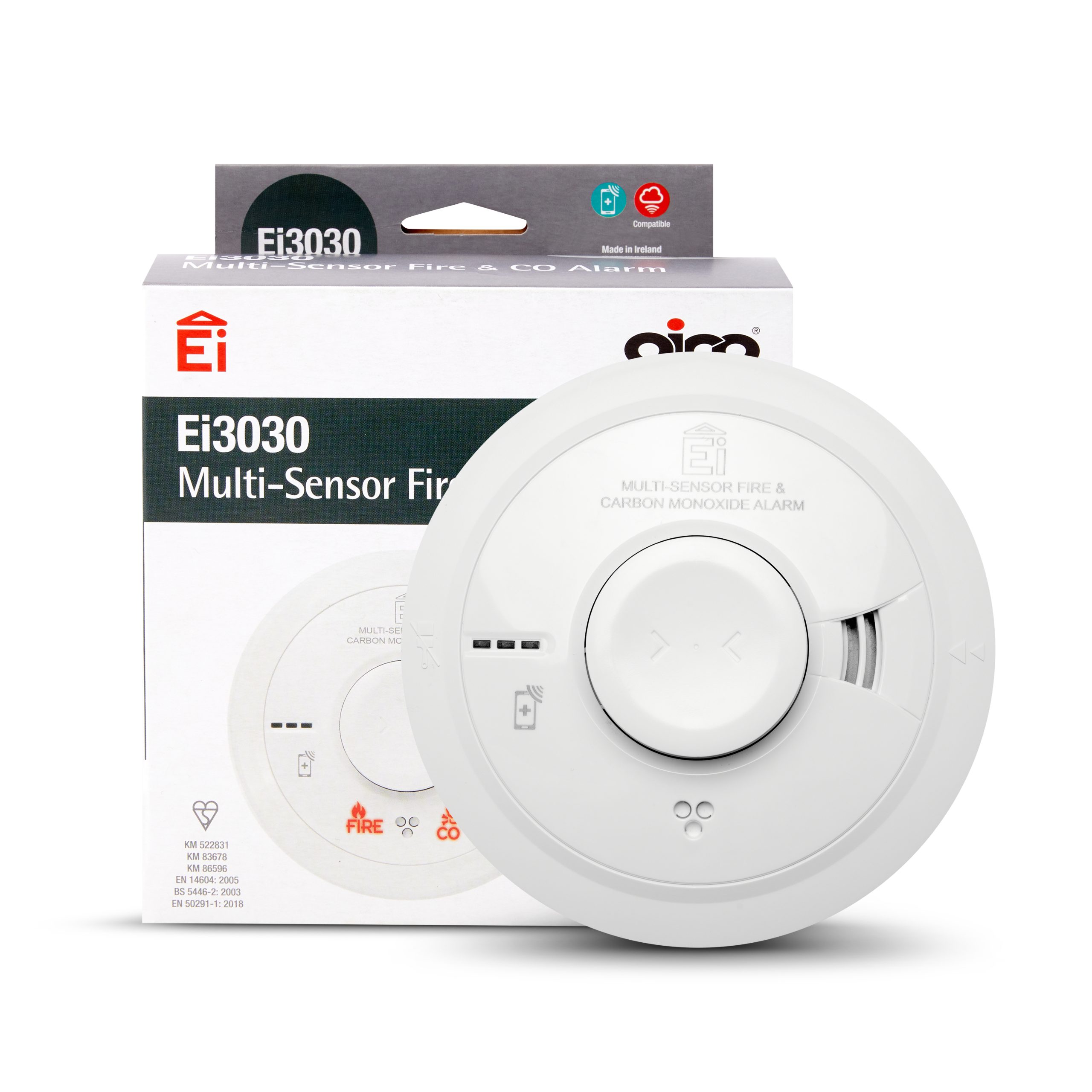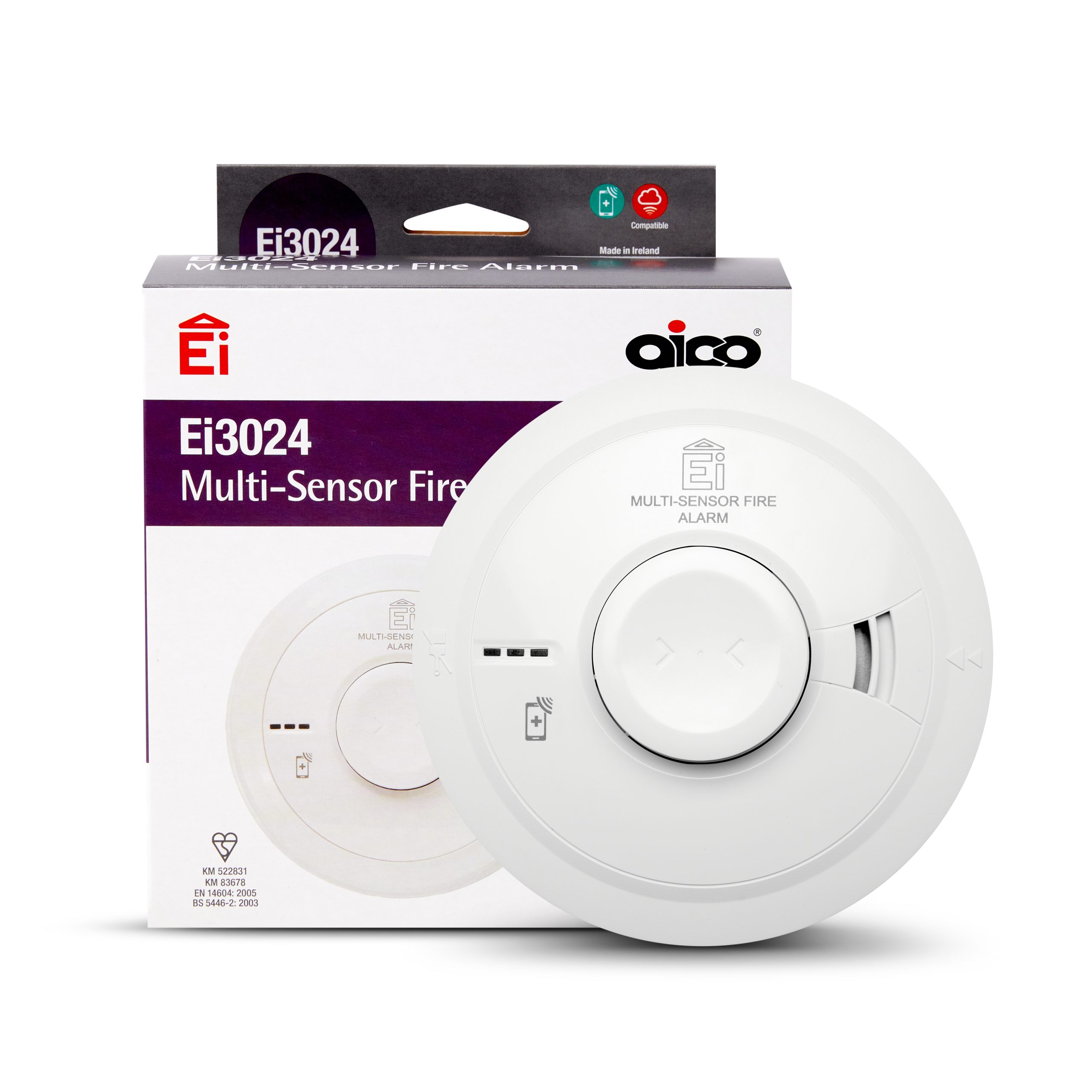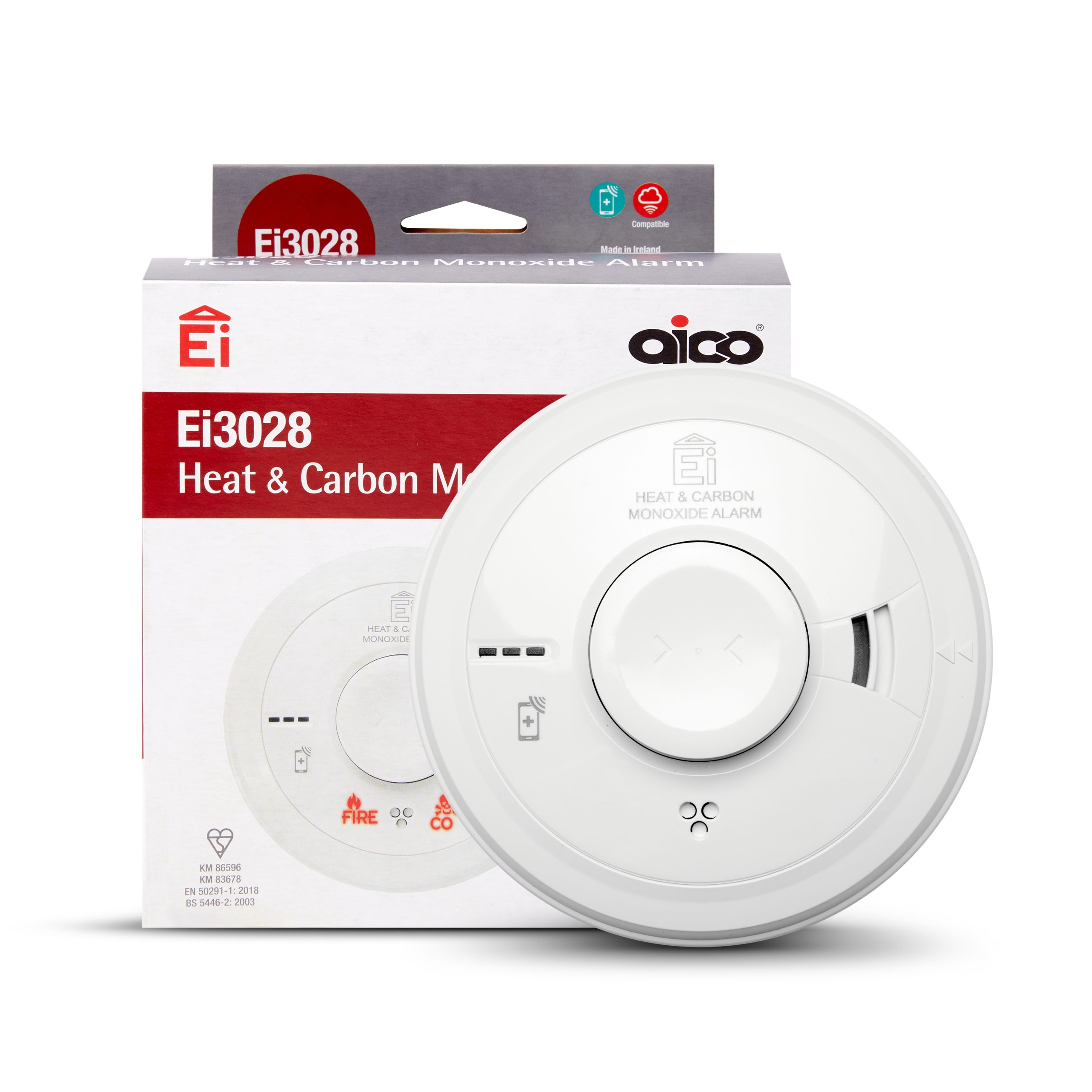Safeguarding Lofts from Increased Fire Risks
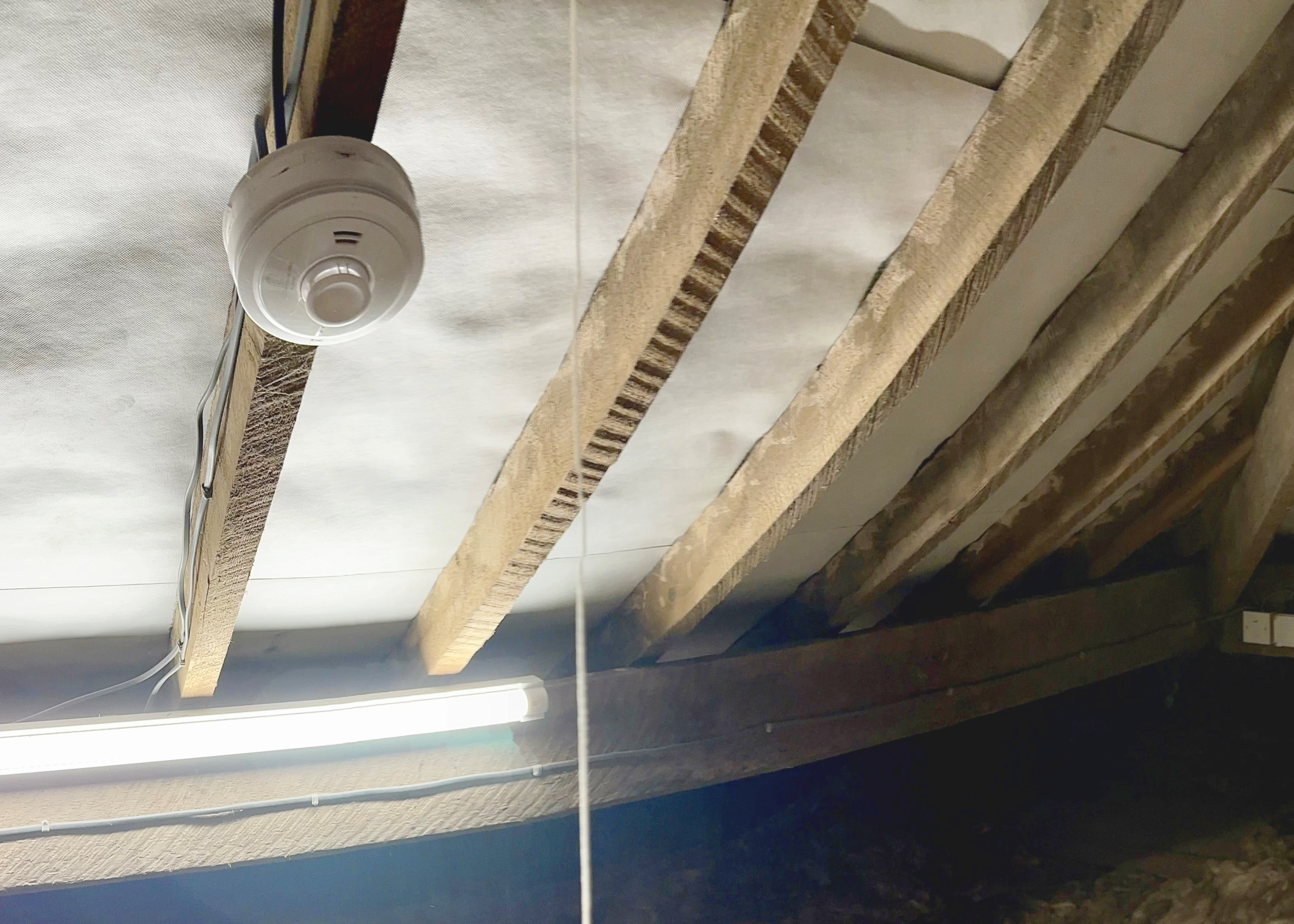
The installation of domestic smoke alarms by an Electrician commonly adheres to the standards outlined in Table 1 of Part 6 of British Standard 5839, with the prevalent choice being a Category LD2 system. This system is designed to safeguard escape routes and high-risk areas, typically encompassing spaces like hallways, landings, kitchens, and living rooms, or other principle habitable rooms, in a standard three-bedroom property. However, it’s noteworthy that these installations often occur without a comprehensive fire risk assessment, which is an increasingly crucial aspect to consider. There is a growing trend towards integrating additional electrical components into these installations, further emphasising the need for a thorough evaluation of fire risks.
According to estimates by the UK Government, the number of new solar installations surged significantly in 2022/23, witnessing a staggering increase to 159,390 systems being installed across the country. This rise in solar installations inevitably brings about the placement of various electrical components with multiple connections on rooftops, a common practice often involving the utilisation of loft spaces. For instance, scenarios may arise where components such as inverters and battery storage systems are situated within the confines of the loft space. In such cases, it becomes imperative to emphasise the importance of implementing additional fire protection measures to mitigate potential risks effectively. This underscores the critical need for heightened awareness and consideration of fire safety protocols in tandem with the expansion of solar energy installations.
In the property pictured below, Aico’s Grade D1 Ei3024 Multi-Sensor Fire Alarm has been installed and interlinked with radio frequency (via Ei3000MRF SmartLINK Modules) with the rest of the alarms in the property.
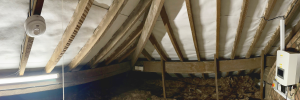
Preserve First, based in Warrington, fit hundreds of solar PV installations every year to both private and social housing properties. Karl Wallace, Managing Director of Preserve First, says “We fully recognise the need for extra fire protection and always recommend fitting an alarm in the loft space, interlinked into the current system. We are currently in the middle of installing over 80 such systems for Southway Housing in Greater Manchester and we are fitting an additional multi-sensor in the loft and replacing the existing alarm on the landing as we connect the new interlink.”
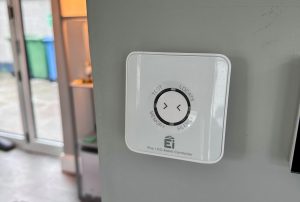
Given that the alarm is positioned in a relatively infrequently accessed area, it was advised to install a control switch equipped with the capability to test and pinpoint the specific alarm that triggered the system. The Ei450 RadioLINK Alarm Controller is wireless, operating from a 10-year sealed lithium battery. With the ability to test, locate, replicate the previous activation, and silence the system, the Ei450 Alarm Controller is user-friendly, indicating through LED lights which buttons to press during an activation. Moreover, its portable nature allows it to be placed anywhere within the property, facilitating ease of use and eliminating the need for it to be confined to a single location. This versatility enhances the overall usability and effectiveness of the alarm system, providing homeowners with greater control and peace of mind.
For further protection throughout the property, a Category LD1 system would be recommended, where fire and carbon monoxide alarms are sited in all areas that a fire could start, including bedrooms, airing cupboards, and meter cupboards. Across all categories, the standard recommends a fire alarm in the loft.
For more information on British Standards, click here.

